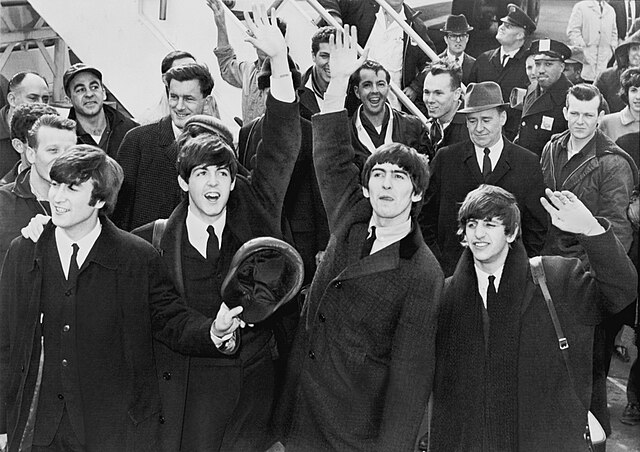Dance-pop is a subgenre of pop music that originated in the late 1970s to early 1980s. It is generally uptempo music intended for nightclubs with the intention of being danceable but also suitable for contemporary hit radio. Developing from a combination of dance and pop with influences of disco, post-disco and synth-pop, it is generally characterised by strong beats with easy, uncomplicated song structures which are generally more similar to pop music than the more free-form dance genre, with an emphasis on melody as well as catchy tunes. The genre, on the whole, tends to be producer-driven, despite some notable exceptions.
Madonna has been credited for popularizing dance-pop music, since her debut in the early-1980s.
Kylie Minogue, a popular and successful dance-pop musician from the late-1980s until present
Britney Spears is among the main faces of the 2000s and 2010s dance-pop music.
Dua Lipa's disco-influenced dance-pop music received critical acclaim and accolades in the 2020s
Pop music is a genre of popular music that originated in its modern form during the mid-1950s in the United States and the United Kingdom. During the 1950s and 1960s, pop music encompassed rock and roll and the youth-oriented styles it influenced. Rock and pop music remained roughly synonymous until the late 1960s, after which pop became associated with music that was more commercial, ephemeral, and accessible.
The Oxford Dictionary of Music states that the term "pop" refers to music performed by such artists as the Rolling Stones (pictured here in a 2006 performance).
Amr Diab, Egyptian pop star, named "El-Hadaba", for achieving high records sales in the Middle East and Africa for the last three decades
Bing Crosby was one of the first artists to be nicknamed "King of Pop" or "King of Popular Music".[verification needed]
The 1960s British Invasion marked a period when the US charts were inundated with British acts such as the Beatles (pictured 1964).







![Bing Crosby was one of the first artists to be nicknamed "King of Pop" or "King of Popular Music".[verification needed]](https://upload.wikimedia.org/wikipedia/commons/thumb/4/4d/Bing_Crosby_1930s.jpg/480px-Bing_Crosby_1930s.jpg)
